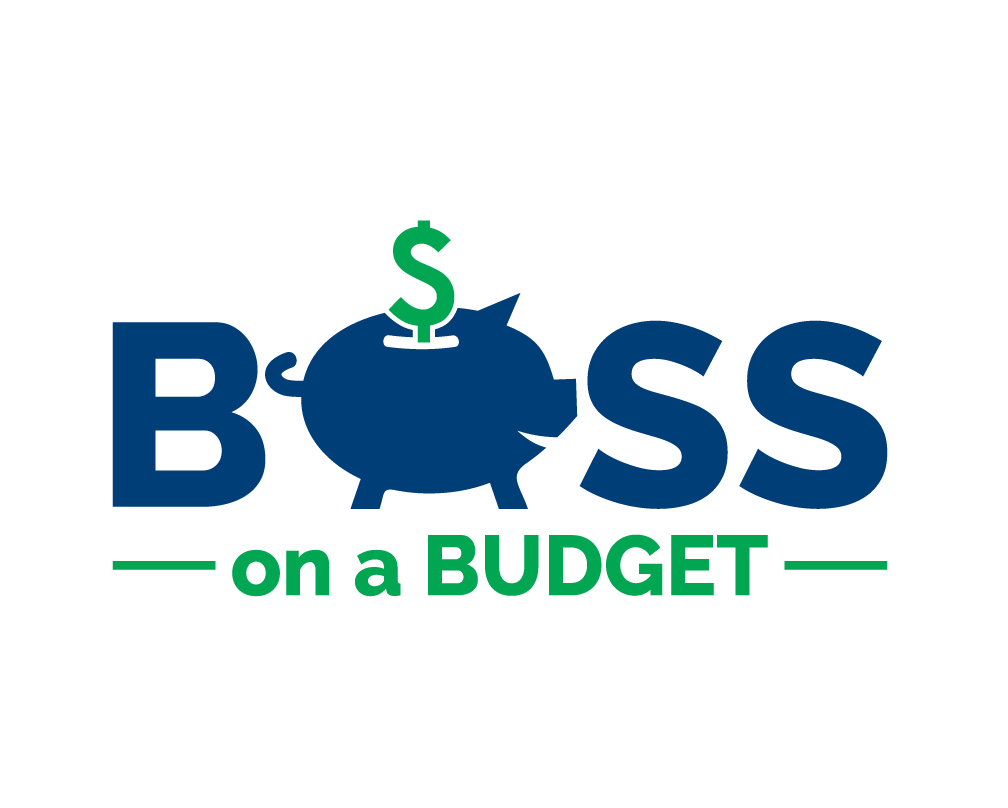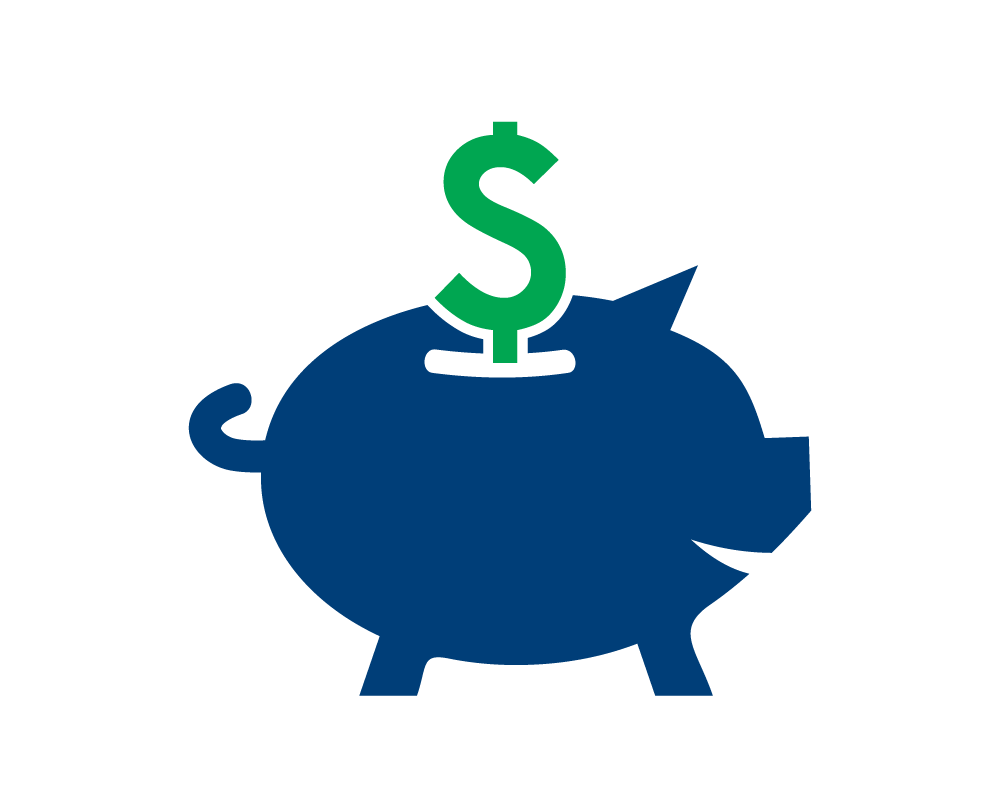Building a thriving grants pipeline for your nonprofit
Imagine waking up every day knowing exactly where your nonprofit’s next funding opportunity is coming from and how you’ll manage everything from research to reporting. This is the power of a well-organized grants pipeline!
When pursuing grants, you need a system for identifying, tracking, and managing potential opportunities that keeps your nonprofit on track and reduces the uncertainties of fundraising.
With a structured pipeline, nonprofits make more strategic decisions, allocate resources efficiently, and avoid the chaos of unpredictable funding. Without one, nonprofits find themselves racing against deadlines and facing inconsistent cash flow.
To ease the stress of fundraising, we’ll explore key steps for building a thriving grant pipeline that sets your nonprofit up to win more funding.
1. Assess your nonprofit’s needs.
Before looking at available grants, define why your nonprofit needs funding. You should have a specific, time-bound project or program goal in mind. List short-term and long-term financial needs. Do you need help covering operational costs, a specific program, or capital projects?
Whatever your need, ensure it aligns with your nonprofit’s mission. Being able to communicate how funding will support your work will make it easier for grantmakers to get on board. Plus, this empowers you to identify and speak to your alignment with the funder’s priorities.
During this stage, identify areas where you can be the most competitive in grant applications. For example, you might look for specific programs aligned with urgent community needs or those where your nonprofit has a proven track record. The more focused and strategic you can be in identifying needs, the better positioned you will be to secure funding that truly supports your mission.
2. Identify potential grant opportunities.
With your funding needs in mind, start searching for relevant grant opportunities. Use databases like GrantStation, Candid, or local government portals to find a variety of grants with their requirements and deadlines. This way, you can find options that fit your timeline and goals.
While we’ll dive deeper into the capabilities of grant management software later, know that these tools can help you track identified opportunities, making it easier to prioritize and act on the best prospects.
There are a few types of grantmakers to consider:
Foundations: Private foundations often provide funding for specific programs or projects that align with their mission. Many foundation grants are “invite only,” meaning it pays to expand your network and build relationships with these organizations over time.
Government: Local, state, and federal government grants often offer substantial funding, commonly for community-based needs.
Corporations: Companies offer grants to support causes as part of their broader corporate social responsibility efforts. 360MatchPro highlights several examples, such as the Home Depot Foundation offering a national partner grants program, community impact grants program, and veteran housing grants program.
When researching grants, be selective about the ones you pursue. Choose reputable funders whose priorities align with your nonprofit’s mission and target population. Prioritize opportunities that are well-suited for your nonprofit’s size, capacity, and history to increase your chances of success.
3. Build a grant calendar.
Creating a calendar helps you stay on top of deadlines and organize your workflow. You’ll be much less likely to miss an opportunity when you have a clear timeline. As part of your calendar, you might include:
Deadlines and grant cycles: Map out application due dates and renewal deadlines. You can also categorize grants by their funding cycles (e.g., annual, quarterly, rolling deadlines), so you can better anticipate when to start working on each application.
Internal application timelines: Allocate time for researching, writing, and finalizing each application. This will prevent last-minute scrambling.
Follow-up reminders: Set reminders to check in with funders after submission, follow up on pending applications, or send thank-you notes once grants are awarded.
Reporting requirements: For grants you’ve already received, add reporting deadlines to your calendar to stay in good standing with funders.
By building a well-organized calendar, you’ll stay proactive, keep track of important dates, and manage the entire grant process with greater efficiency.
4. Build relationships with funders.
In the world of nonprofit grants, relationships are everything. Before applying, establish some sort of connection with funders. Spend time learning as much as possible about their history, preferences, and funding philosophy.
FreeWill’s nonprofit grant writing guide suggests doing the following to cultivate relationships both before and after submitting proposals:
Reaching out with a warm introduction to express interest in their work and inquire about the funding opportunity
Inviting funders to your events, programs, or physical site to see your mission at work
Attending conferences or community events that funders will attend
Sending personalized thank-you notes after meetings or visits
Sharing periodic updates on your project’s impact, even beyond baseline reporting requirements
Even when you’re not actively applying for grants, open communication can keep leads warm and set your nonprofit up for a successful application when the time comes.
5. Hone your grant writing skills
Your grant application is your opportunity to show off your nonprofit’s impact and prove that your organization is the best choice for the funder.
Start by familiarizing yourself with the typical structure of a grant proposal. While it may vary based on the funder’s requirements, each proposal will likely include sections such as an introduction, organizational background, statement of need, project outline, evaluation plan, proposed budget, and plan for sustaining the project over time. When requested, you may also append documents such as references or impact reports to strengthen your case for support.
A well-crafted proposal does more than follow a clear outline, though. It builds trust with potential funders through powerful storytelling. Try these tips to strengthen your grant writing:
Craft a compelling narrative. Tell a story about the need your project addresses, why it matters, and how your organization is uniquely positioned to make a difference. Maybe you’ll focus on a specific beneficiary, like a child your nonprofit helped overcome educational barriers through a mentorship program.
Support your narrative with research and data. Back up any claims with relevant statistics, studies, or expert opinions. You’ll show that you’ve done your homework and that your project has a real potential impact.
Highlight your track record of success. Funders want to know that you have a history of successfully implementing projects. Show that you’ll accomplish what you set out to do by sharing outcomes from past initiatives.
Above all, tailor each proposal to the funder. It can be tempting to craft a generic outline that you simply tweak for each opportunity. However, foundations, companies, and other grantmakers all have different priorities. You’ll stand out by referencing their mission, past funding, and preferred terminology. This level of personalization helps demonstrate that you've carefully researched their interests.
Especially if time is working against you, consider using grant writing tools. These tools help you complete proposals in a fraction of the usual time, infuse them with rich contextual details, and adapt to various funder requirements.
6. Develop a grant management system
Grant management is a juggling act. Chances are, you’ll apply for more than one grant at a time to increase your chances of winning funding. With that, you have to keep up with different deadlines, reporting requirements, and more.
From initial research to post-award reporting, a centralized system allows you to manage applications, monitor application statuses (e.g., submitted, awarded, rejected), and maintain relationships with funders.
Instead of using makeshift spreadsheets, many nonprofits turn to grant management software. These tools help you to:
Keep track of awarded funding and budgeting.
Generate reports on finances and progress that are customized to meet different funders’ requirements.
Monitor the projected and real impacts of your projects.
Investing in this type of software will give you better control over your nonprofit’s grant management, save time, and reduce the risk of missing deadlines. Whether you choose a simple spreadsheet or invest in more sophisticated software, the key is consistency and staying organized throughout the process.
Building a thriving grants pipeline is essential for securing consistent funding and reducing the stress of fundraising. With a clear plan in place, you’ll start securing more funding and fostering trust that inspires grantmakers to give again in the future.
From identification to reporting, make sure that your nonprofit is organized, proactive, and prepared for every stage of grant management!
About the Author
Patrick Schmitt, Co-CEO of FreeWill
Patrick Schmitt and co-CEO Jenny Xia founded FreeWill at Stanford University’s Graduate School of Business in 2016. FreeWill’s charitable giving platform makes it easier for nonprofit fundraising teams to unlock transformational gifts, and to date has generated over $6.6 billion in new gift commitments for thousands of nonprofit organizations. Patrick hosts FreeWill’s popular webinar series, educating thousands of nonprofit fundraising professionals each month about planned and non-cash giving strategies.
Before FreeWill, Patrick was the Head of Innovation at Change.org, where he helped grow the organization to 100 million users in four years. Prior to that, he ran email marketing for President Obama and served as Campaign Director for MoveOn.org.




